 |
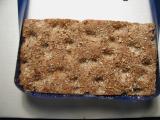 |
 | |
| Scale 1 | Scale 2 | Scale 3 | |
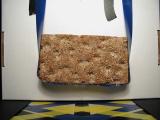 |
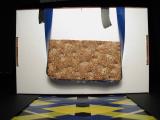 |
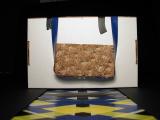 | |
| Scale 4 | Scale 5 | Scale 6 | |
 |
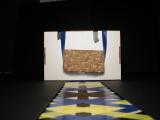 |
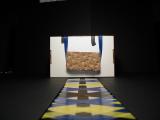 | |
| Scale 7 | Scale 8 | Scale 9 | |
The images were taken with an Olympus C-3030ZOOM digital camera at a resolution of 1280x960 pixels. Many of the full-size images contain not only the sample, but also some background.
A single light source (standard desk lamp with a 60W tungsten light bulb) was used.
Images were taken at 9 different scales spanning two octaves. At the central scale the distance between the camera and the target was 28cm, this was selected to correspond roughly to the default scale in the CUReT database. The scales used are described in full in Table 2, and full-resolution images from one material (Cracker B) are shown in Figure 2.
|
 |
 |
 | |
| Scale 1 | Scale 2 | Scale 3 | |
 |
 |
 | |
| Scale 4 | Scale 5 | Scale 6 | |
 |
 |
 | |
| Scale 7 | Scale 8 | Scale 9 | |
At each scale 9 images were taken in a combination of three poses (frontal, rotated 22.5o left and rotated 22.5o right) and three illumination conditions (from the front, from the side at roughly 45o and from the top at roughly 45o. The adopted labeling scheme is shown in Table 3 and sample images in Figure 3.
| ||||||||||||||||||||||||||||||||||||||||||||||||||||||||||||||||||||||||||||
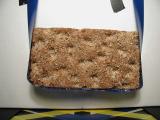 |
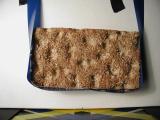 |
 | |
| Image #1 | Image #2 | Image #3 | |
 |
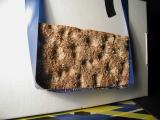 |
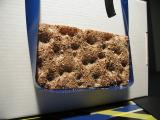 | |
| Image #4 | Image #5 | Image #6 | |
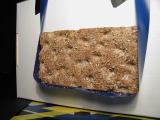 |
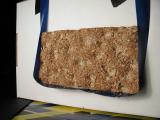 |
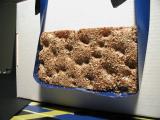 | |
| Image #7 | Image #8 | Image #9 | |